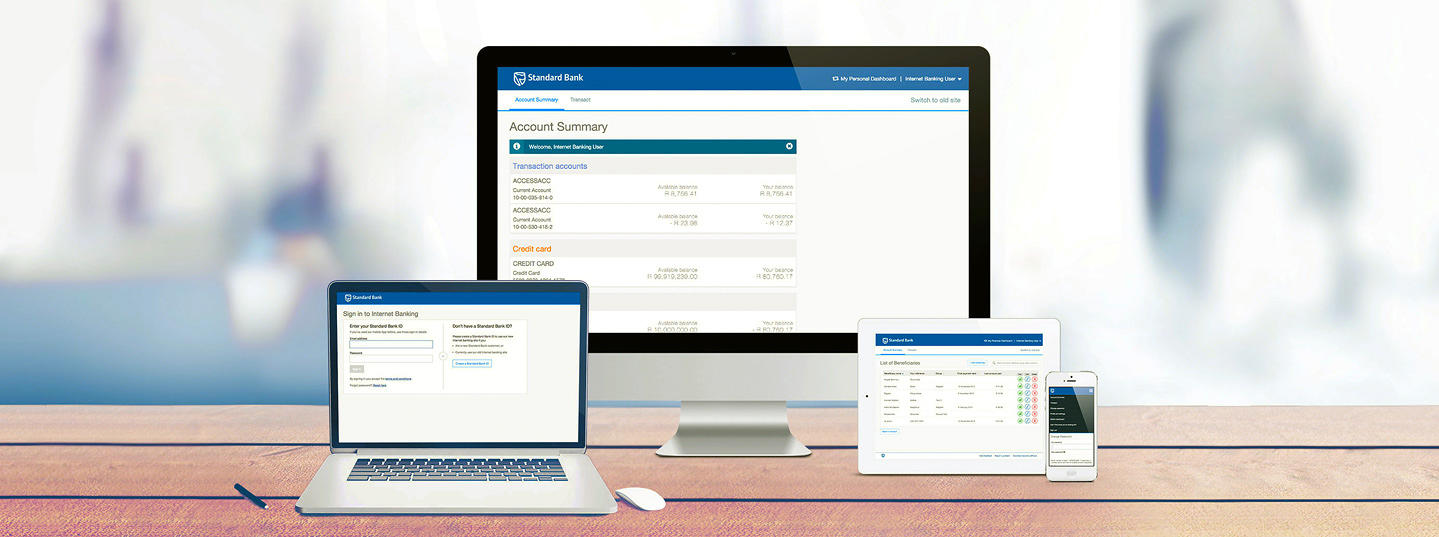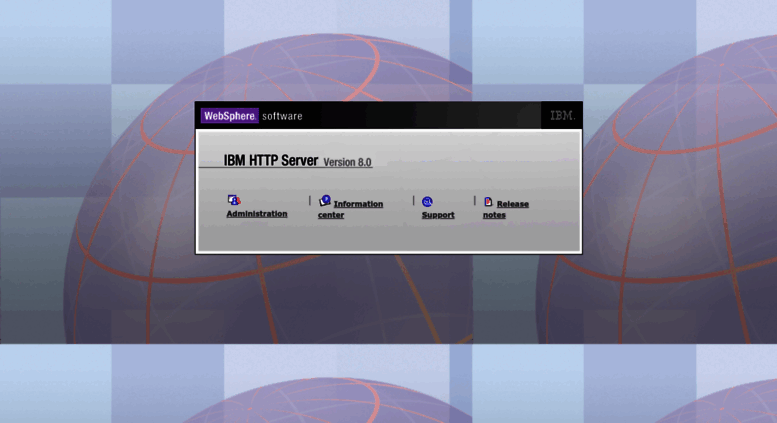
One of the errors occurred in November 2018, as a result of a mistake in a spreadsheet entry.

In October 2017, the PRA temporarily imposed extra liquidity requirements on Standard Chartered, because it was concerned about “heightened risk” of US dollar outflows.Įven though the bank’s overall liquidity remained above regulatory requirements during the period, the regulator said multiple errors caused liquidity miscalculations. “Standard Chartered’s systems, controls and oversight fell significantly below the standards we expect of a systemically important bank, and this is reflected in the size of the fine in this case.” “We expect firms to notify us promptly of any material issues with their regulatory reporting, which Standard Chartered failed to do in this case,” said Sam Woods, the chief executive of the PRA. The regulator said this was the largest fine it had ever levied in a case where it was the only enforcing body. The Bank’s Prudential Regulation Authority (PRA) said Standard Chartered had made five errors in reporting an important liquidity metric between March 2018 and May 2019, which meant the watchdog did not have a reliable overview of the bank’s US dollar liquidity position.Īt the time, the lender was temporarily subject to extra liquidity requirements because the PRA was concerned about US dollar outflows.

The Bank of England has fined Standard Chartered £46.5m for repeatedly misreporting its liquidity position and for “failing to be open and cooperative” with the regulator.


 0 kommentar(er)
0 kommentar(er)
